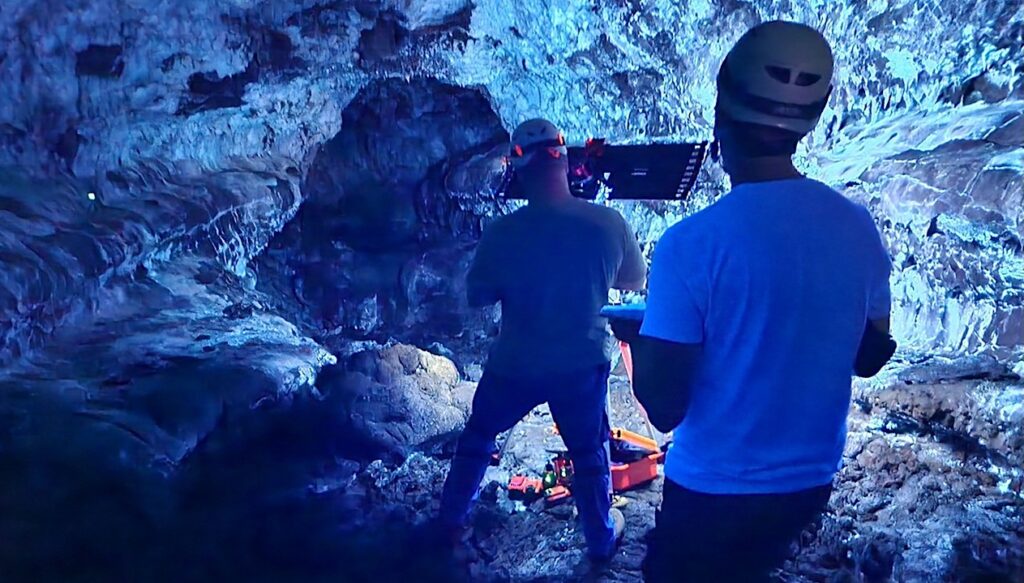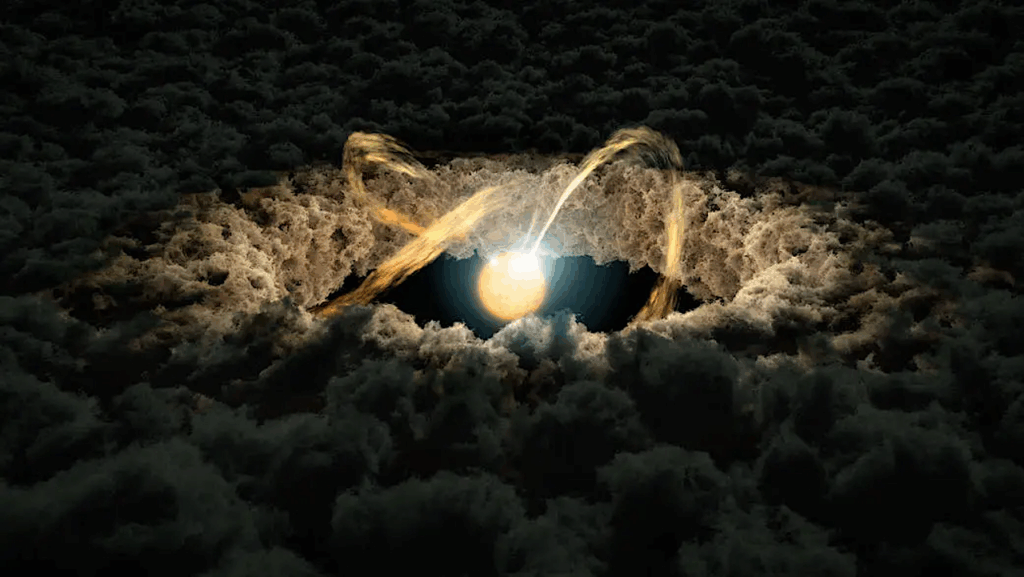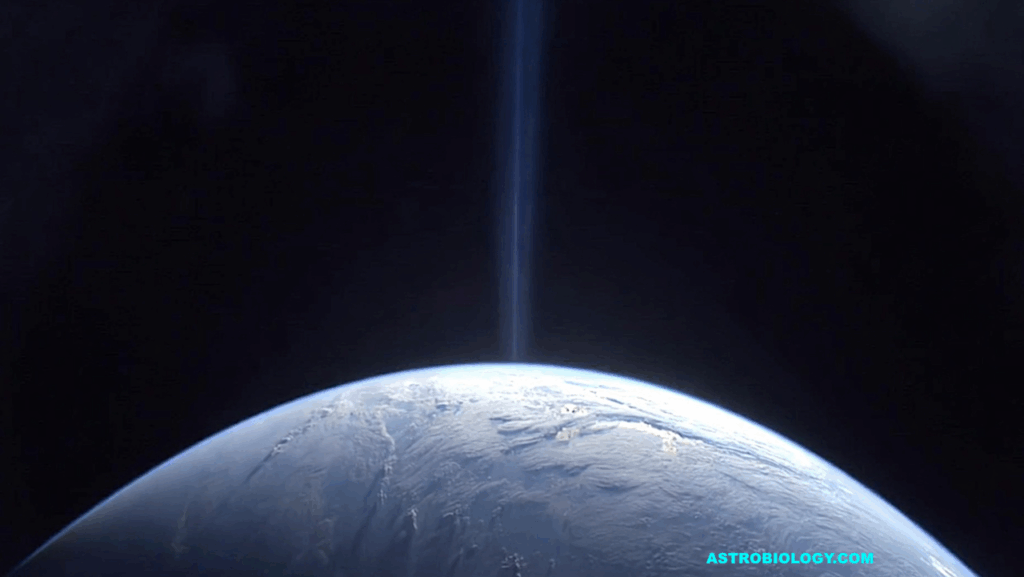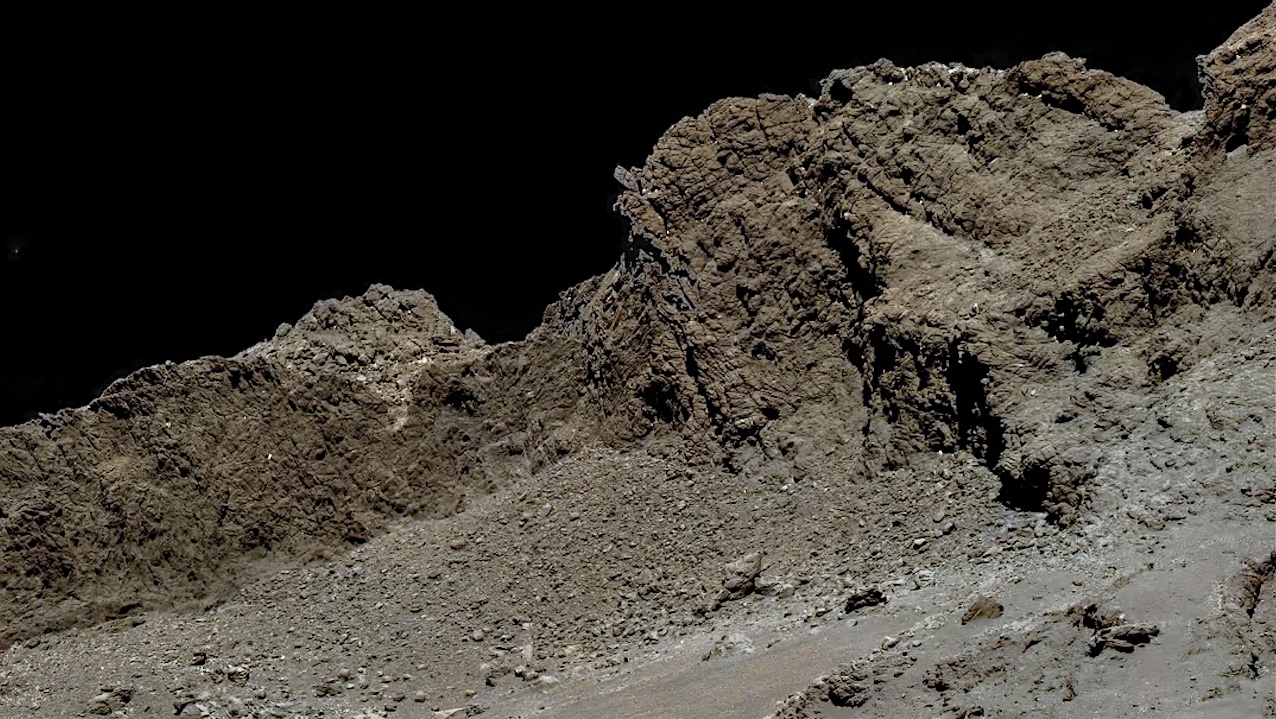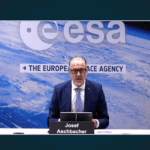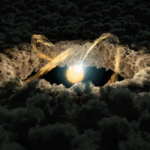Now Reading: Potential Interior Structures and Habitability of Super-Earth Exoplanets LHS 1140 b, K2-18 b, TOI-1452 b and TOI-1468 c
-
01
Potential Interior Structures and Habitability of Super-Earth Exoplanets LHS 1140 b, K2-18 b, TOI-1452 b and TOI-1468 c
Potential Interior Structures and Habitability of Super-Earth Exoplanets LHS 1140 b, K2-18 b, TOI-1452 b and TOI-1468 c
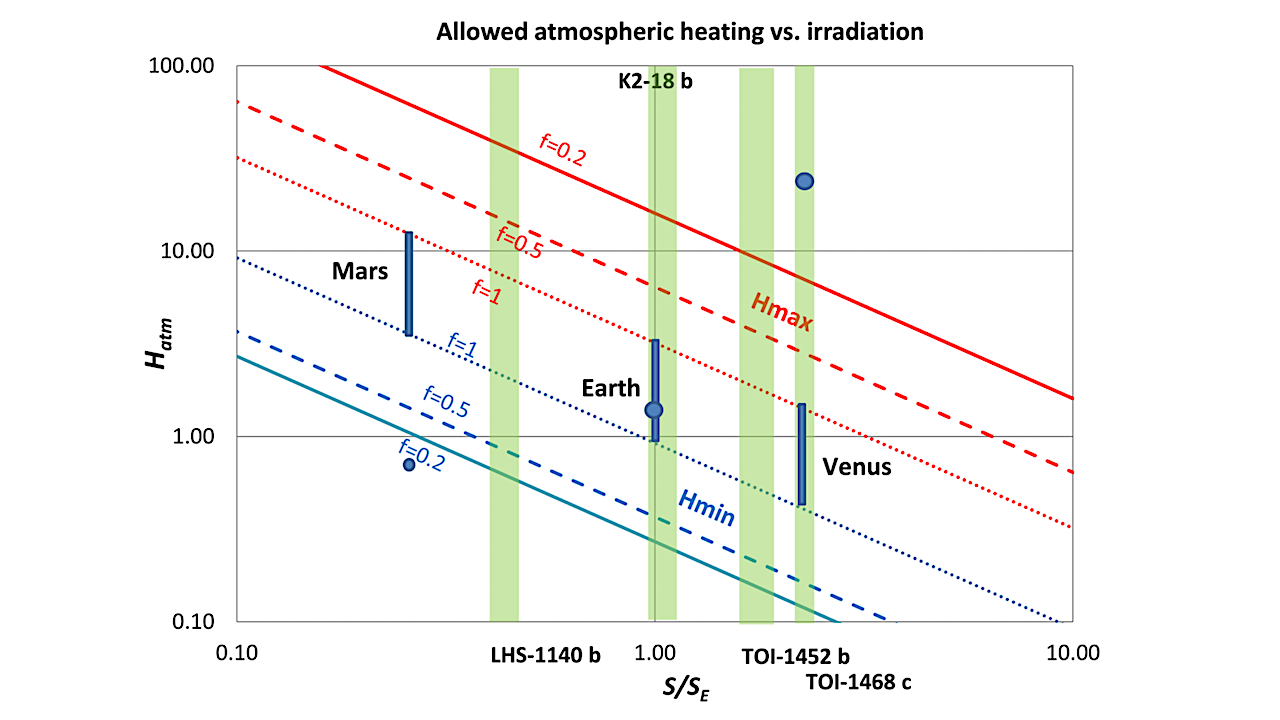

Maximal (red) and minimal (blue) atmospheric heating factor vs instellation, for three values of the heat redistribution parameter: f = 0.2 (solid), 0.5 (dashed), and 1 (dotted). The locations of the four planets in Table 1 considering their instellation are marked by vertical green stripes. Modified from Fig. 11 of Wandel (2018). The allowed habitable Hatm ranges of Earth, Mars and Venus for f = 1 are marked by vertical blue strips. The effective values of Hatm for these terrestrial planets are represented by blue dots. — astro-ph.EP
We analyze four super-Earth exoplanets, LHS 1140 b, K2-18 b, TOI-1452 b, and TOI-1468 c, which orbit M-dwarf stars in the habitable zone.
Their relative proximity, within 40 parsecs, makes them prime candidates for follow-up observations and atmospheric and habitability studies.
This paper aims to assess their internal structure and habitability, considering their tidal heating, atmospheric heating, and global transport. We model the interior structure of the planets by applying Bayesian inference to an exoplanet’s interior model.
A constant quality factor model is used to calculate the range of tidal heating, and a one-dimensional analytical model of tidally locked planets is used to assess their surface temperature distribution and habitability. Assuming no or only thin atmospheres, K2-18 b and TOI-1468 c are likely to be water worlds. However, TOI-1452 b and LHS 1140 b may have rocky surfaces.
We find that tidal heating is not enough to raise the global mean surface temperature, but greenhouse heating can effectively do so. If the considered planets have retained thick atmospheres, K2-18 b, TOI-1468 c, and TOI-1452 b may, for significant atmospheric heating and heat transport factors, be too hot to sustain liquid water on their surface.
However, the lower instellation of LHS 1140 b and the non-zero probability of it having a rocky surface give more space for habitable conditions on the planet.
Mangesh Daspute, Amri Wandel, Ravi Kumar Kopparapu, Volker Perdelwitz, Jerusalem Tamirat Teklu, Lev Tal-Or
Comments: Accepted to ApJ
Subjects: Earth and Planetary Astrophysics (astro-ph.EP); Solar and Stellar Astrophysics (astro-ph.SR)
Cite as: arXiv:2412.08476 [astro-ph.EP] (or arXiv:2412.08476v1 [astro-ph.EP] for this version)
https://doi.org/10.48550/arXiv.2412.08476
Focus to learn more
Submission history
From: Mangesh Daspute
[v1] Wed, 11 Dec 2024 15:43:36 UTC (634 KB)
https://arxiv.org/abs/2412.08476
Astrobiology,
Stay Informed With the Latest & Most Important News
Previous Post
Next Post
-
 01From Polymerization-Enabled Folding and Assembly to Chemical Evolution: Key Processes for Emergence of Functional Polymers in the Origin of Life
01From Polymerization-Enabled Folding and Assembly to Chemical Evolution: Key Processes for Emergence of Functional Polymers in the Origin of Life -
 02Panasonic Leica Summilux DG 15mm f/1.7 ASPH review
02Panasonic Leica Summilux DG 15mm f/1.7 ASPH review -
 03Two Black Holes Observed Circling Each Other for the First Time
03Two Black Holes Observed Circling Each Other for the First Time -
 04How New NASA, India Earth Satellite NISAR Will See Earth
04How New NASA, India Earth Satellite NISAR Will See Earth -
 05And Thus Begins A New Year For Life On Earth
05And Thus Begins A New Year For Life On Earth -
 06Astronomy Activation Ambassadors: A New Era
06Astronomy Activation Ambassadors: A New Era -
07SpaceX launch surge helps set new global launch record in 2024












